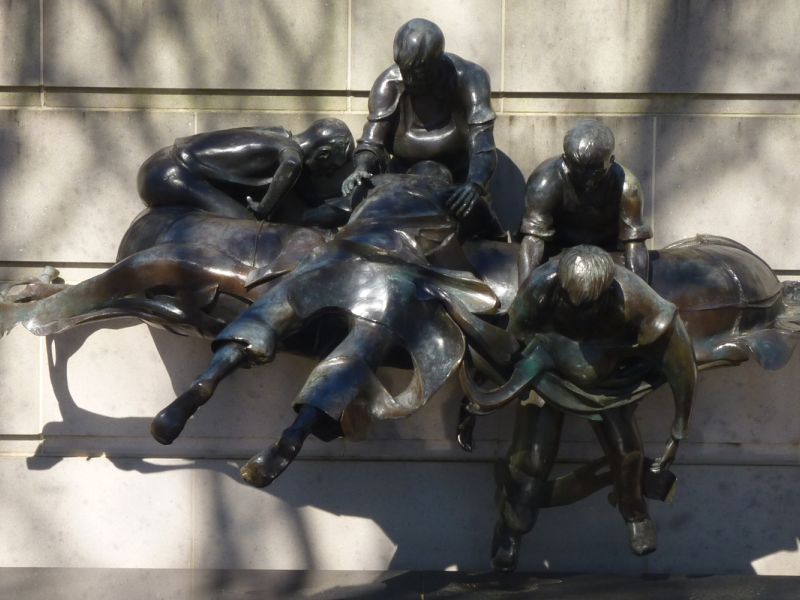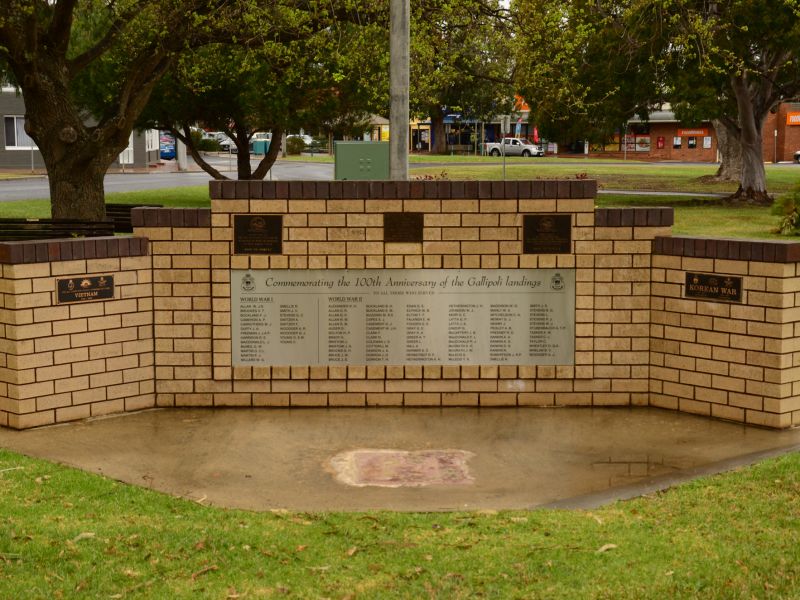Remembering the SS Iron Crown
Most visitors to the AWM walk through the cloisters, past the names on the Roll of Honour. Many though, do not realise that there is another roll to honour the lost, the Commemorative Roll. The leather-bound books are kept in a glass cabinet in the south-eastern alcove of the cloisters. Among others, this Roll commemorates Australians who died during war service with the Merchant Navy.
Among those names, are those of the men lost when the merchant vessel SS Iron Crown was torpedoed by the Imperial Japanese submarine I-27 on 4th June 1942. Merchant vessels provided the lifeblood of a nation at war and the SS Iron Crown was transporting ore from Whyalla to Newcastle when it fell prey to the I-27. It sank within minutes, along with 38 of its 43 crew. The Royal Australian Navy was unable to provide escorts so many merchant vessels sailed unescorted, with very little in the way of armament. Just before he sailed on his last voyage the Master of SS Iron Crown stated that he believed he would be sunk by the enemy because of the absence of Navy protection. Archibald McLellan went down with his ship. Only five men survived and after floating for hours on debris were rescued by SS Mulbera.
The location of the wreck remained a mystery for 77 years, until it was located by the Research Vessel Investigator, on 16th April 2019. The discovery caused great public interest. Wartime secrecy had surrounded the loss but finally descendants and relatives of crew members could share family histories, providing a valuable context on the human impact of shipwrecks during wartime, at sea and at home.
Archibald McLellan was a veteran of the First World War and after joining the Australian merchant marine, quickly rose to the rank of Commodore of the Interstate Steamship Company.
Ordinary Seaman William Rushford was only 15 years old. His mother received the telegram notifying her that a vessel was ‘missing owing to enemy action’ but was unsure which of her three sons had been lost. She was later sent a sympathy card from King George VI and awarded a war pension.
Fireman Frank Stewart’s death orphaned his two children. His son was just eight years old when he and his sister were placed in Largs Bay Orphanage in South Australia. The siblings were adopted separately and are yet to make contact.
One of the survivors was George Fisher, only 18 when SS Iron Crown sank. Despite that horrific experience within months he joined the Royal Australian Navy, and in his later years fought for recognition of his lost shipmates. Fisher worked tirelessly until the memorial for his lost crewmates was erected at Mallacoota in 1999.
The shipwreck of SS Iron Crown reminds us of the role merchant ships played during the Second World War and its discovery helps provide closure for the relatives of those who were lost.
Sources:
We will remember them: Finding the SS Iron Crown - Author Emily Jateff
AWM Website
- Signals Magazine - Australian National Maritime Museum https://www.sea.museum/signals

 Henry C Moulds
Henry C Moulds